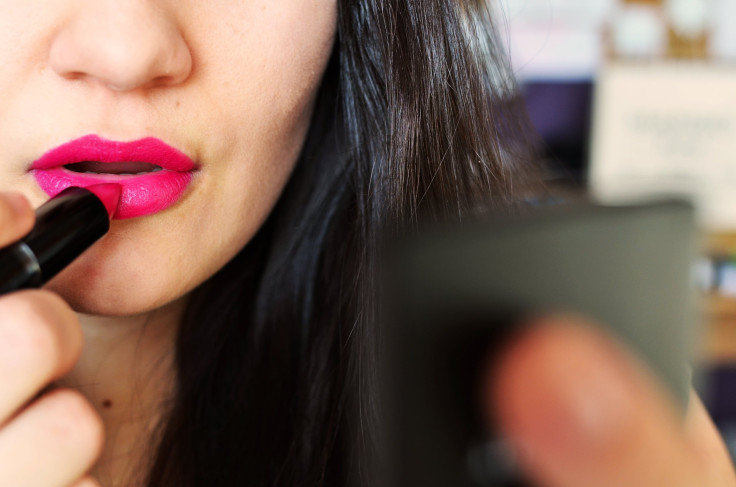Want To Make A Good First Impression? High Cheekbones And Round Faces Make You Appear More Trustworthy

We all know first impressions are everything. The way we look can influence our perceived credibility, character traits, and behavior in social, workplace, corporate, and even criminal justice settings. Two studies published in the journal Psychology, Crime, and Law suggests when it comes to trustworthiness, it's all in the eyebrows, cheekbones, and the shape of our face.
The research, which used real criminal cases, revealed that study participants believed an elderly woman was telling the truth about her innocence, even though she had killed her husband, and a man who told the truth about a missing relative, and was exonerated, was deemed a liar. It may have been the father’s downturned eyebrows and thinner face that did him in.
Baker and her colleagues found participants were more likely to believe the elderly woman's public appeal for justice though she was a murderer, and many misjudged the father, even though he was later proven innocent. Both individuals possessed different facial features — the elderly woman had high eyebrows and high cheekbones, while the father’s eyebrows and face may have made him look worried.
“A lot of information that feeds into our impressions about one's trustworthiness is deduced from the face," said Alysha Baker, author of the study and a PhD student at the University of British Columbia Okanagan Campus, in a statement.
Our brains are set up to be instantly wary of people we deem trustworthy or not. They process social cues more efficiently than researchers originally thought. It takes the amygdala — the brain’s “smoke detector” for perceiving danger — 33 milliseconds to judge a face's trustworthiness even before they're consciously perceived.
Previous studies have shown faces with high eyebrows and prominent cheekbones activated a different part of the amygdala than faces with furrowed brows and sunken cheeks. This suggests the amygdala spontaneously tracks faces so it can quickly alter other brain processes to coordinate an appropriate response to trust or not trust certain people.
"When encountering a person in any given situation, we automatically and instantaneously form an impression of whether a target is worthy of our trust because, evolutionarily, this kind of assessment has helped our survival" said Baker.
Other studies have highlighted the link between eye color and face shape, and how it helps us judge trustworthiness. Brown-eyed people are more likely to engender trust, not solely because of their eye color, but because they tend to possess trustworthy facial features, such as rounder faces, bigger eyes, and eyebrows.
Evolutionarily speaking, the faces of brown-eyed people represent a biosocial adaptation that has been established for millions of years compared to blue eyes, which were more of a novel physical characteristic many years ago. Researchers hypothesize men may have preferred newer, more exotic features for females over other facial traits that were trustworthy and familiar. This may have contributed to why other facial features, such as blue eyes, are associated with lower trustworthiness.
Facial features may establish a subconscious bias that could potentially become problematic in several setting, including the legal system, since first impressions can often be unfounded.
However, this could just be our evolutionary response for survival.
Source: Baker A, Porter S, ten Brinke L et al. Seeing is Believing: Observer Perceptions of Trait Trustworthiness Predict Perceptions of Honesty in High-Stakes Emotional Appeals. Psychology, Crime & Law. 2016.



























